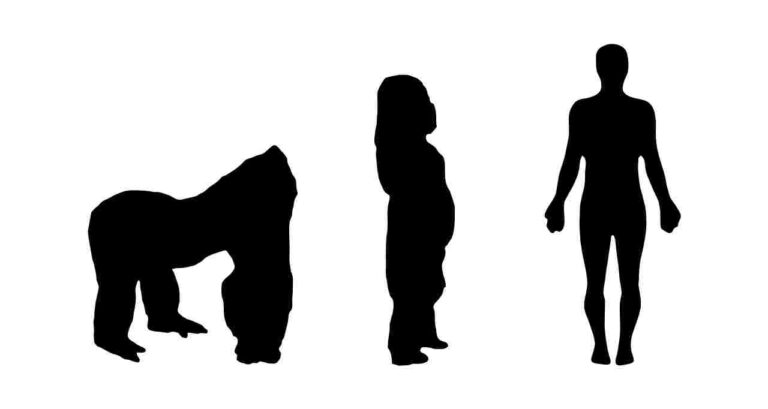Landfill Meaning, Purpose and Alternatives Explained
Landfill is a waste disposal site or facility where waste is buried in successive layers and covered with earth. This article discusses landfill meaning, purpose and alternatives, as outlined below;
-Landfill Meaning: 6 Ways to Define Landfill
Landfill Meaning: 6 Ways to Define Landfill
A landfill is a low-lying area of land, a pit, or a trench; in which waste is disposed by burying it underneath and between layers of soil [2].
The practice which is used to get rid of waste in a landfill is called ‘landfilling‘. The following landfill definition further highlights this practice;
A landfill is a waste disposal site where landfilling or waste burial is practiced, as a means of managing organic, inorganic, industrial, municipal, and hazardous wastes.
As shown above, a landfill can be used to manage a broad variety of waste types, through successive burial and earth-covering. Below is another landfill definition that attempts to clarify the landfill process;
A landfill is a trench, pit, or low-value land where various types of waste are dumped, spread, compacted, and covered with earth material as an effective and safe method of disposal [1].

The steps included in the landfill process are each selected to achieve an ultimate purpose. This purpose of landfilling is mentioned in the landfill definition below;
A landfill is a waste disposal site where useless materials are buried in order to dispose of them, while reclaiming or restoring degraded land.
What the above implies is that a landfill is usually located in an area affected by some form of environmental degradation, and which has therefore lost its usability for other purposes.
It also implies that landfill operations can be viewed as some form of environmental remediation, or land reclamation by which lost land resources can be recovered. Sites that are used as landfills include those affected by severe erosion, unsustainable mining, and pollution.
Aside waste disposal and land reclamation, landfills serve other purposes like the generation of renewable fuel that can be used for heating and electricity generation.
Some types of landfills are briefly mentioned in the landfill definition below;
A landfill is a waste disposal site which could any of various types such as municipal, industrial, demolition, hazardous, sanitary, non-sanitary, trench, area, and ramp landfills; and where waste is disposed by successive burial and compaction.
The types of landfills mentioned above, are classified based on landfilling method, site characteristics, and types of waste.
While it is a cost-effective system of waste management, the use of landfills has some environmental impacts. In the landfill definition below, some effects of landfills on the environment are listed;
A landfill is a low-value land or trench in which waste is dumped and buried, and which could have environmental impacts like soil and groundwater pollution, greenhouse emissions, and air quality reduction [3].
Purpose of Landfills
The main purpose of landfills is to contain large amounts of waste that cannot be easily recycled, treated or disposed of using a different method.
Waste that is introduced into a landfill may be used as filler material to repair or reclaim sites with irregular topography, or may be temporarily stored and subsequently transferred to a disposal facility.
While waste management is the main purpose of landfills, secondary purposes include land reclamation and energy recovery.
By holding large amounts of waste, landfills mitigate the effects of these materials on the environment, economy and public health.
Alternatives to Landfills
Alternatives to landfills are; recycling facilities, waste-to-energy plants, incinerators, open dumps, and composting equipment.
What this means is that the alternative waste management methods to landfilling include recycling, anaerobic digestion, incineration, pyrolysis, gasification, torrefaction, composting and open dumping.
The waste-to-energy alternatives are generally costlier, more complex, and smaller in scale; recycling is applicable to only recyclable waste materials; while both open dumping and incineration are often of lower sustainability and ecologic safety, than landfilling.
Conclusion
A landfill is a trench, pit, irregular or low-value land where waste is dumped, compacted and buried for effective management and land reclamation.
The main purpose of landfills is to hold large amounts of waste that cannot be easily recycled or managed using alternative systems.
Alternatives to landfills are;
1. Recycling Facilities
2. Waste-to-energy Plants
3. Incinerators
4. Open Dumps
5. Composting Equipment
References
1). Akinwonmi, A. S.; Adzimah, S.; Karikari, C. M. (2012). “ASSESSMENT OF SOLID WASTE MANAGEMENT IN TARKWA MUNICIPALITY GHANA: TIME SERIES APPROACH.” Journal of environment and earth science. Available at: https://www.iiste.org/Journals/index.php/JEES/article/view/3306. (Accessed 8 November 2022).
2). Brand, J. H.; Spencer, K. L.; O’Shea, F.; Lindsay, J. E. (2017). “Potential pollution risks of historic landfills on low-lying coasts and estuaries: Potential pollution risks of historic landfills.” Wiley Interdisciplinary Reviews: Water 5(1):e1264. Available at: https://doi.org/10.1002/wat2.1264. (Accessed 8 November 2022).
3). Oyiboka, I. J. (2014). “Effects of landfill sites on groundwater quality in Igando, Alimosho Localgovernment Area, Lagos state.” Environmental Science. Available at: https://www.semanticscholar.org/paper/Effects-of-landfill-sites-on-groundwater-quality-in-Oyiboka/d242429d8e63797db5ddb4e5155afad0274bbb92. (Accessed 8 November 2022).



